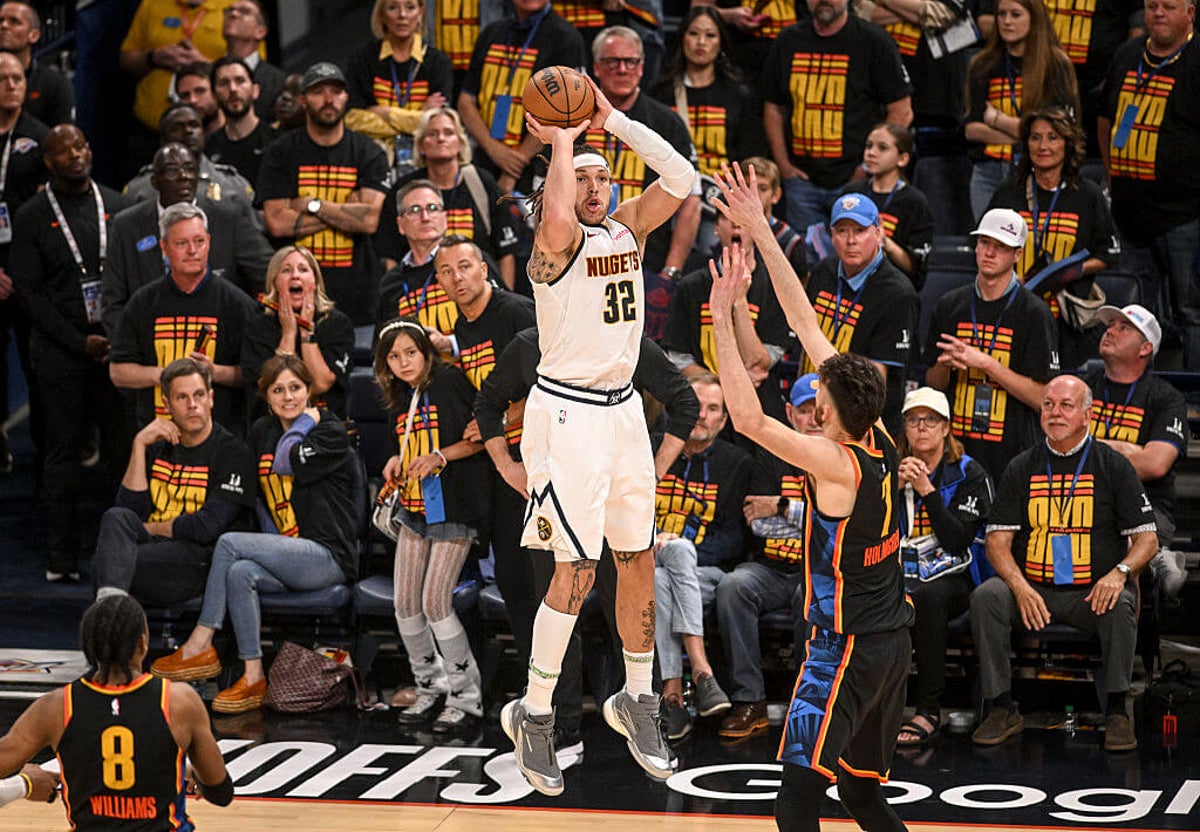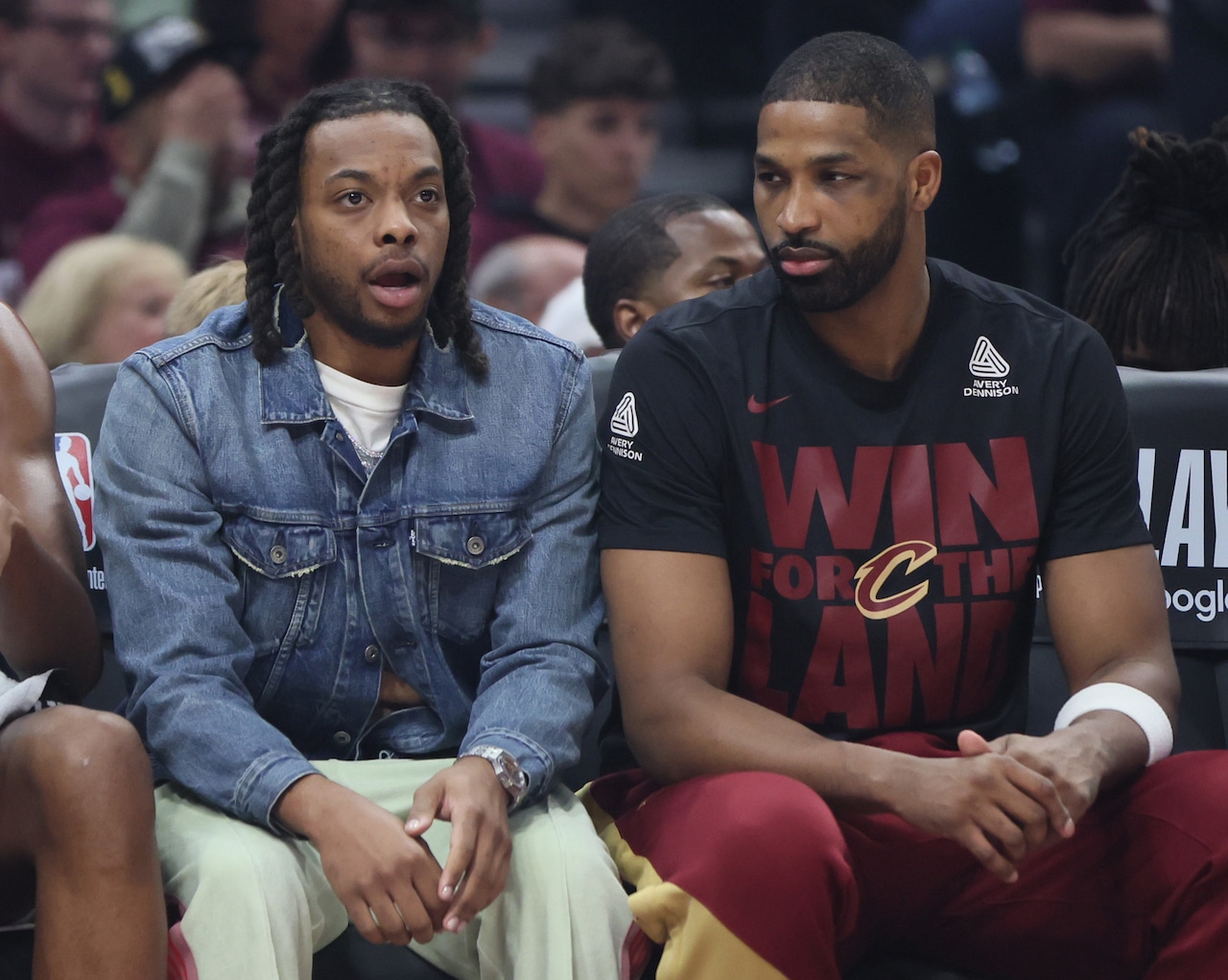All season long, NBA teams compete to give themselves the best position in the playoffs. They grind over 82 games in the regular season to get the best record they can, which, if they are good enough, will then give them home-court advantage for a series, or two, or the whole postseason. It is an enticing incentive for teams that should make the struggle worth it, if for no other reason than getting the all-import, series-deciding Game 7 at home in front of the home fans.
Advertisement
But what if home-court advantage is losing its luster?
It was a shock when the Cleveland Cavaliers lost Game 1 at home to the Indiana Pacers. It was a surprise when the Boston Celtics lost to the New York Knicks a day later. Then the Oklahoma City Thunder blew their series opener to the Nuggets. When the Minnesota Timberwolves dropped Game 1 to the Golden State Warriors, it capped a remarkable three days. All four of the top-seeded teams in the playoffs lost Game 1 at home. It was an extreme outlier, but also part of a trend across the NBA in recent years.
Playing at home just doesn’t mean what it used to. This spring, NBA teams are just 26-24 at home in the playoffs. That’s the lowest playoff winning percentage among home teams since 1981 (the 2020 playoffs were in the bubble).
While home teams were a game under .500 in the 1981 NBA playoffs, it was a blip. The very next year, home teams won about 60 percent of their playoff games and kept climbing back up each year, right around historical precedent. In fact, home teams won at least 60 percent of their games in 56 of the first 78 postseasons.
But not recently. Home teams haven’t crossed the 60 percent threshold since the 2018 playoffs — though they were close in 2022.
Home-court advantage has also eroded this decade in the most critical circumstance: Game 7. Getting to play the do-or-die game at home used to be a ballast for higher seeds. They won 79.1 percent of Game 7s over the league’s first 73 seasons. Home teams are just 5-10 in a Game 7 since 2021. When the Warriors won in Houston Sunday, it could hardly have been a surprise.

Warriors coach Steve Kerr celebrates after the Warriors eliminated the Rockets in Houston in Game 7 of the first round. (Troy Taormina / Imagn Images)
Certainly, not to Warriors head coach Steve Kerr. His evolution on the value of home-court advantage mirrors the reality of the league.
In 2018, as the Warriors were on their way to a third title in four years, Kerr said that obtaining home-court advantage for the playoffs was his top goal. Last month, he sloughed off its value.
Advertisement
“I don’t know that it’s quite as important,” Kerr said. “I think the 3-point shooting is such a variable. It feels like in the old days, it was much more of a grind-out, two-point game. It just didn’t feel like the opponent had as much of a chance to suddenly get hot and take over the momentum of the game.”
As Kerr said, 3-point shooting has invariably had an impact on the changing structure of the league. Home-court advantage started to wane during the 2016-17 season, right as the NBA hit its 3-point revolution and has not recovered since, as 3-point volume has gone up.
Taking more 3s as a road team has correlated with higher winning percentage in recent years. This postseason, road teams that have taken at least one more 3-pointer than the home team are 12-9, winning at the same rate as they did last spring.
Making more 3s has also become more important for teams to win on the road. That may sound obvious but it hasn’t always been true. Yet, as 3-point volume shot up across the league, becoming a large part of every team’s shot profile and having a large effect on games, winning the 3-point battle became critical to eradicating home-court advantage.
From 2011-14, in the four playoffs before the Warriors and Steph Curry took over the league, road teams won 46.2 percent of their games when they made at least one more 3 than the home team. From 2016-19, the last four years before two COVID-19 impacted playoffs, road teams won 55 percent of their games when they made at least one more 3 than the home team. Since 2022, road teams won 60.9 percent of their games when they made at least one more 3 than the home team.
In these playoffs at least, this trend could be a balm to the title contenders who have surprisingly found themselves down in their second-round series. If home-court advantage is no longer such a strength for them, that means they can come back and steal it from their opponents, too.
(Top photo of Aaron Gordon hitting the game-winning jumper in Game 1 of the Nuggets’ 121-119 win in Oklahoma City: AAron Ontiveroz / The Denver Post)

